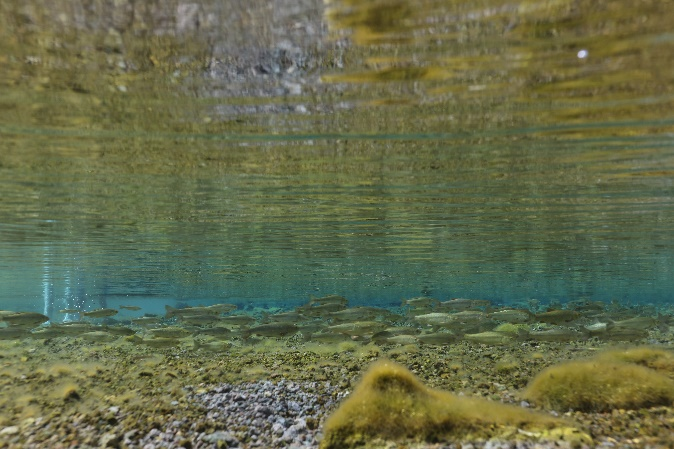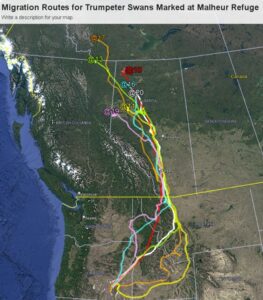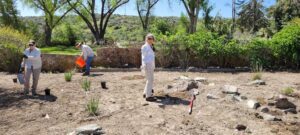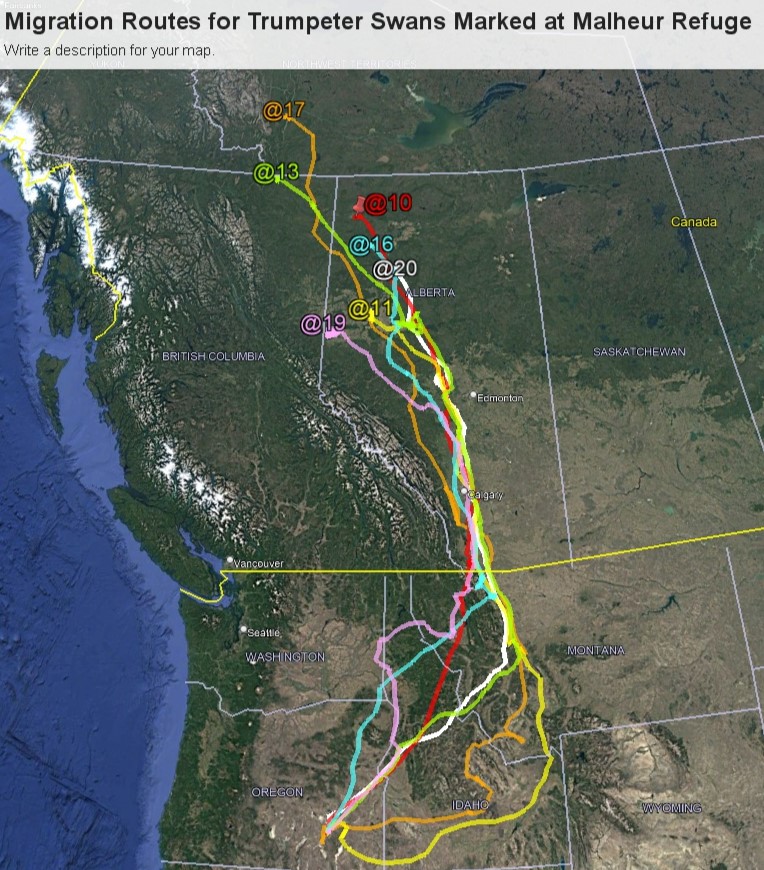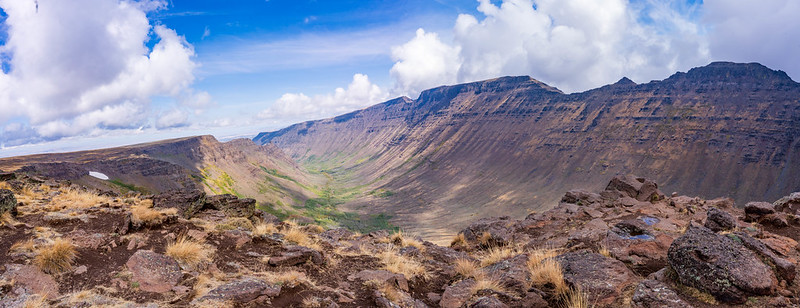Above: Underwater image of Tui Chub (Photo by Pete Baki, ODFW)
Written by Pete Baki and Tim Akimoff, ODFW
The native fish species in the Malheur National Wildlife Refuge have been isolated in the springs and waterways there since the Pleistocene era or around 11,000 to 13,000 years ago. Then, the remnants of large glacial lakes in the region subsided leaving behind a closed basin, or a basin that does not drain to the ocean.
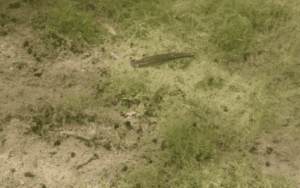
That’s a long time to develop your own distinct personality if you’re a small fish. This isolation is something very attractive to fish biologists eager to learn more about how these fish have adapted to and continue to evolve in unique habitats.
Tim Akimoff and I spent a week in March photographing fish underwater and collecting genetic samples from several species in five waterbodies on the refuge. Our goal being to broaden the study of these fish enough that scientists can determine just how unique they are from their cousins in other basins. Furthermore, providing a record for natural history collections where very few currently exist for these fish today.
Tim and I focused on Speckled dace, Redside shiner and Tui chub, and the genetic samples from these species have been provided to the Oregon State Ichthyology Collection and to labs where we’ll await further funding for DNA sequencing. DNA Sequencing will help us understand biogeography, population, genetics, evolutionary relationships, and systematics.
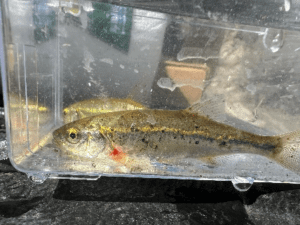

Photography was challenging as the soft substrate often kicked up leaving a lot of feedback for digital cameras to try to focus through, but out of sheer determination, we were able to make some photographs and videos that show these minnows living in their habitat within the refuge.
We gathered genetic samples from five locations within the refuge and plan on returning in the summer of 2024 to access areas that are typically flooded or inaccessible in spring. It is our hope that funding will become available soon to process these samples and gain more understanding of the world of these minnows and their unique habitat in Malheur National Wildlife Refuge.

